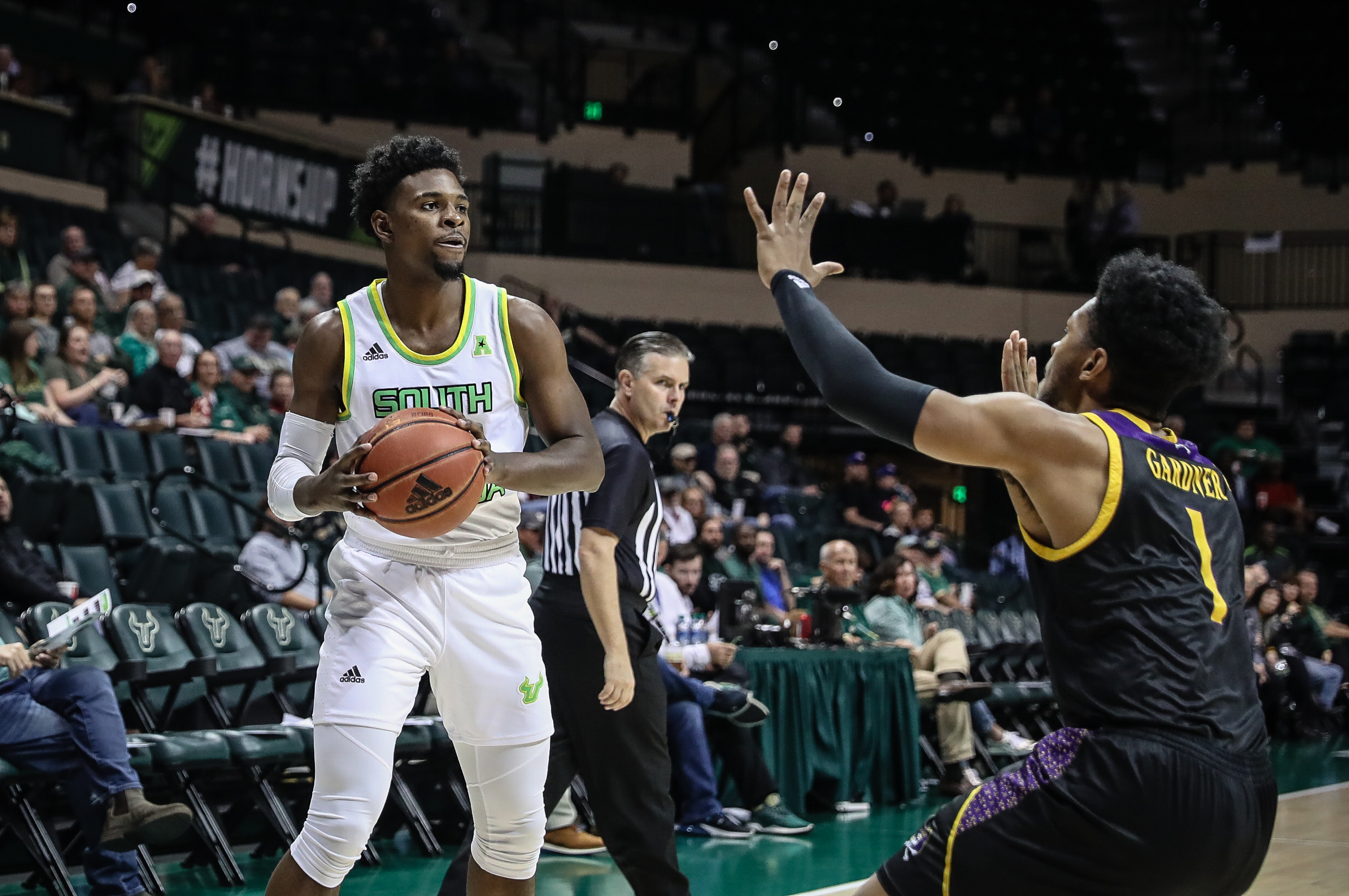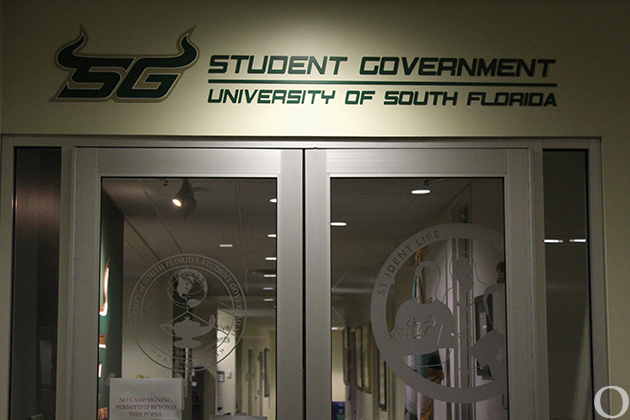Spotting fakes in bargain fashion shopping
In the world of penny-pinching style (since being a college student and working for the school paper doesn’t leave much for leisure), even a fashion-forward know-it-all can be fooled by the quality of fake handbags. Some handbags are obviously fake, faux designers are getting better and better at passing knock-off products as the real deal. Even I, a self-proclaimed fashion expert, have been a victim of believing a phony product to be real. Searching for the perfect gift for my boyfriend for Christmas, I found a Coach wallet from a seller on eBay promising only authentic goods. It came wrapped in real Coach tissue paper with the real price tag, a booklet that all Coach products come with and smelled like real leather. Thoroughly believing this was a to-die-for deal, I gave it to him as the real thing. A few weeks later we were in the Coach store at the International Plaza and he compared his wallet to one in the store. Alas! It was fake. How could we tell?
Here are five sure-fire ways to distinguish a false bag from an authentic one:
1. Stitching: All designers are very particular about how their bags are put together. If there is any defect in the stitching, chances are it’s not real.
2. Monograms: This is the easiest way to tell if it’s fake. If the bag has monograms on it, make sure they’re correct. For example, with Louis Vuitton, the “L” is slightly overlapping the “V,” with the base of the “L” underneath the point of the “V.” It sounds confusing, but if you’re familiar with the authentic product, it’s usually easy to spot a fake monogram.
3. Fake leather: If the leather in the handbag is replaced with plastic or “pleather,” it’s fake. Don’t be afraid to do the smell test. They don’t sell the real ones for $300+ for no reason.
4. Hangtags: Usually, a designer purse has some type of hangtag. If there isn’t one, it could be an impostor.
5. Handles: A designer handbag should fit comfortably on your shoulder. Usually, replicas’ handles are way too long.
“A designer handbag is, in fact, all about the display of symbols: the little interlocking Gucci “G”s, the Chanel “C”s, the offset “LV” of Louis Vuitton. It is the proof of taste, the proof of money, a silent ‘I am someone’ message that only fellow label lovers know how to read,” Rose said.
“Now, if you’ve never been to the Kate Spade section of eBay, can’t discern a Gucci “G” from a Guess “G” and really don’t understand any of this nonsense, then count your ignorance as bliss and know your savings balance will always be safe,” said Jaimee Rose, author of the article “Knockoffs — who is it?” in YES magazine.
If you’re buying a bag from the Internet, there are definitely other red flags you should look out for. First of all, there is no such thing as buying it “wholesale” with a designer. Here is a line off of a knock-off Web site: “Do you sell wholesale handbags? Yes. Some limitations apply. Please contact us on our contact-us-form for more information.” Also, the term “designer-inspired” is code for fake.
If the seller seems overly anxious to get rid of it, it’s probably a fake. Finally, as in my situation, if the price seems too good to be true, it probably is. I’ve found the only way to be sure you’re getting an authentic handbag is to go to the actual store or Web site. Most of the shortcuts lead to disappointment.





